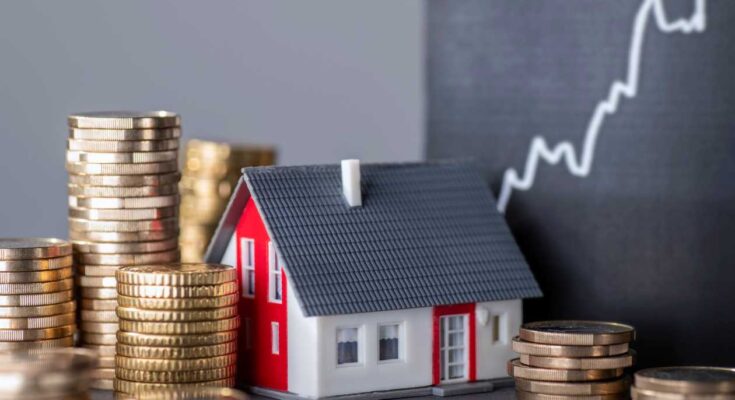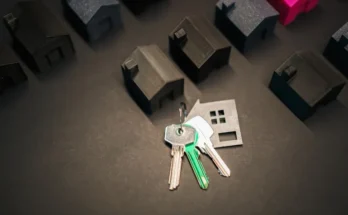Embarking on the intriguing journey of real estate, one inevitably stumbles upon the vital role played by property valuation in the intricate dance of buying and selling. However, in this dynamic realm, myths and misconceptions often cast a shadow, clouding the judgment of both buyers and sellers. Join us in this exploration as we unravel prevalent valuation myths, shedding light on the truths obscured beneath these widely held misconceptions.
Myth #1: Market Value Equals Assessed Value
A pervasive misconception echoing through property valuation circles suggests that a property’s market value mirrors its assessed value. While these terms share a complex connection in the valuation process, they each carry distinct meanings. Market value is a synthesis of factors like location, demand, and property condition, diverging from assessed value—a figure assigned by local tax authorities for taxation purposes. Recognising the disparity between these values is crucial, emphasising that market value reigns supreme in real estate transactions.
Delving into the concept of market value unveils its dynamic and fluctuating nature. This essence is shaped by neighbourhood developments, economic trends, and the ebb and flow of a property’s condition, rendering market value anything but static. Grasping this fluidity becomes essential for those seeking to understand the nuanced intricacies of property valuation.
Myth #2: Valuation is an Exact Science
The fallacy that property valuation is an exact science demands our scrutiny. While the allure of a precise and rigid valuation process may be tempting, the reality is far more intricate. Valuation, in all its complexity, involves a delicate interplay of tangible factors such as property size and condition and subjective elements governed by the appraiser’s expertise. This interjection of professional judgment introduces an inevitable degree of subjectivity, resulting in slight variations in valuations offered by different experts.
Acknowledging this inherent subjectivity does not diminish the importance of property valuation. Instead, it underscores the need for a holistic approach, recognising that multiple variables contribute to the final valuation figure. Valuation, it seems, is more an art than an exact science.
Myth #3: Renovations Always Increase Property Value
The siren call of renovating to boost property value is a notion deeply ingrained in the hearts of homeowners. Yet, we must debunk the myth that all renovations guarantee a significant uptick in property value. The impact of renovations is a nuanced step dictated by the type of renovation, prevailing market conditions, and the discerning tastes of potential buyers.
Expanding our understanding of the concept of return on investment (ROI) reveals that not all renovations yield positive returns. Homeowners must meticulously weigh costs against potential increases in property value. Blindly investing in renovations without a keen eye on market dynamics can result in financial strain without proportional returns.
Myth #4: Online Valuation Tools Provide Accurate Estimates
In an age dominated by technological prowess, online tools promising swift property valuations abound. However, we must scrutinise the limitations of these tools. While offering rapid estimates, they often rely on automated algorithms and publicly available data, neglecting the nuanced intricacies of individual properties.
Further exploration emphasises the role of human expertise in property valuation. Professional appraisers bring a depth of knowledge and an ability to consider intangible elements that automated tools may overlook. In a world where algorithms abound, human appraisers stand as guardians of nuanced local market trends and interpreters of unique property characteristics, ensuring a more accurate and reliable valuation.
Myth #5: Valuation Only Considers Physical Characteristics
Reducing property valuation to mere physical attributes like size and condition oversimplifies a complex process. While tangible factors undeniably shape valuation, they extend beyond the physical to encompass intangible elements. Market trends, economic conditions, and the overall allure of a neighbourhood all contribute to a property’s market value.
Expanding our perspective underscores the holistic nature of property valuation. Recognising the interplay between tangible and intangible factors highlights the need for a comprehensive understanding. A property’s value, we find, is not solely derived from its physical characteristics but is a tapestry woven with threads of market dynamics and subjective buyer perceptions.
Conclusion
In navigating the labyrinthine world of the property market, a nuanced understanding of the valuation process is paramount. Dispelling prevalent myths empowers buyers and sellers to make informed decisions, fostering equitable and successful real estate transactions. The complexity and subjectivity inherent in property valuation beckon us to approach the process with a discerning eye. By unravelling these misconceptions, we open the door to a more transparent and informed real estate journey.




